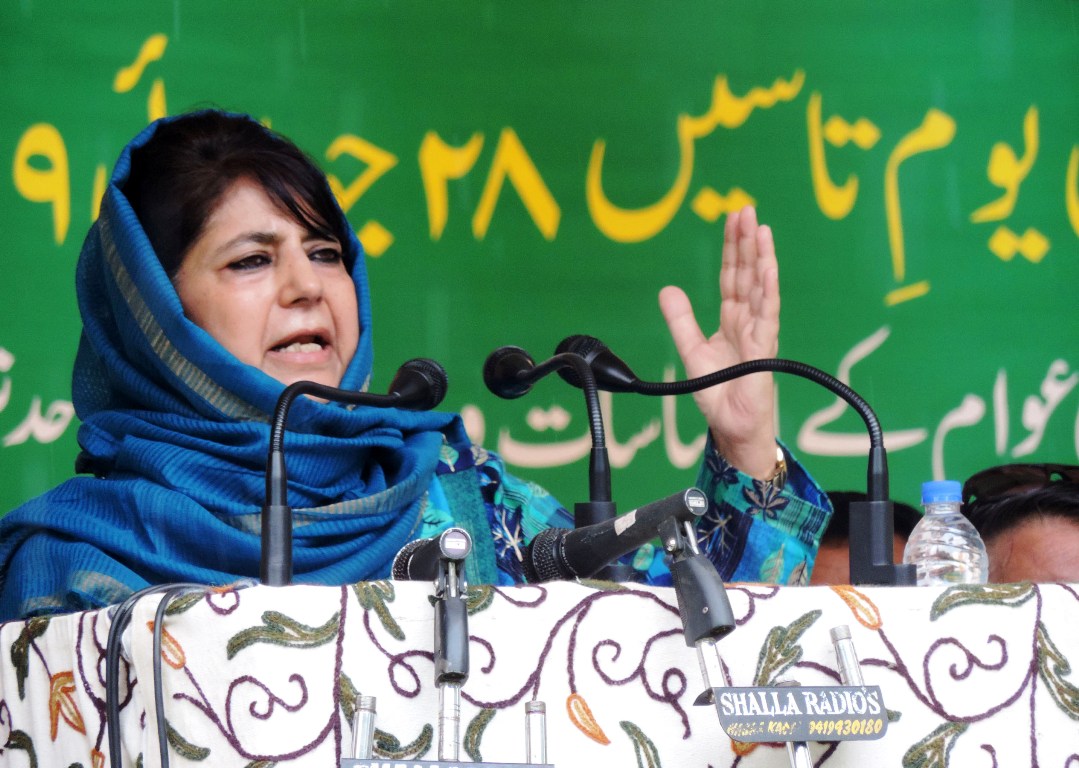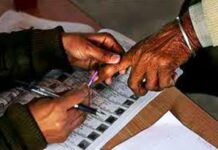JAMMU: Jammu & Kashmir may be India’s only Muslim majority state but there are other Muslim minority state’s sending more people to Haj, every year. Reason: allocation of seats for the yearly pilgrimage is on basis of the population and not the status.

Details available with Kashmir Life suggest that Uttar Pradesh is the No 1 state that sent 22019 pilgrims to Haj in 2015, 21828 in 2016 and 29017 in 2017. This is because it is the most Muslim populous state in India. It usually gets 23 percent of the entire allocation of the Haj quota.
West Bengal is the second state having most Muslim population that gets a quota of 8 to 11 percent. In 2015, it sent 10545 pilgrims to Haj, in 2016 it sent 8905 and last year 9940 pilgrims to Haj.
Kerela falls at No 3, which sent 5633 pilgrims in 2015, 9943 in 2016 and 11197 in 2017. Its quota in the number allocated seats has varied from five to nine percent.
Gujarat falls at fourth position. In 2015, 6272 pilgrims went to Haj from the state, made famous by the Godhra riots. There were 7044 pilgrims in 2016 from the state and last year it had 10877 pilgrims. Last year, it had eight percent quota in the overall Haj allocations.
Jammu & Kashmir is at No 5 position. It had five percent plus share in the overall allocations which has increased to six percent. In 2015, 4866 pilgrims from J&K went to Haj which increased to 6359 in 2016 and 7960 in 2017.
Even Bihar was sending more pilgrims to Haj than J&K in 2015 and 2016. It was only in 2017 that J&K got more seats than Bihar.
In 2017, a total 125025 pilgrims went to the Haj pilgrimage from India. Under the existing system in vogue, the Haj quota is allotted to Haj Committee of India (HCoI) are allocated to all States and Union Territories in proportion of their Muslim population as per Census 2011. As per the principle of allocation of surplus seats generated by under-utilized quota of States for Haj 2018, upto 2000 seats will be allocated to the State of Jammu & Kashmir after allocation of seats for Mehram. The remainder of the surplus seats shall be allocated to States and Union Territories having 500 or less applicants and then to applicants in the new category of lady pilgrims without male Mehram. Thereafter, remaining surplus seats shall be allocated to the States and Union Territories in proportion to the number of applications received, the Government of India informed the Parliament, last week.
“As per the new Haj Policy for HCoI Pilgrims for Haj 2018-22, ladies above 45 years of age who wish to go for Haj but do not have a male Mehram and their school of thought (Maslak) permits, are allowed to travel in groups of 4 or more ladies,” the government said. “Further, there is a provision of Reserved Category of the pilgrims of 70 years and above. The 70+ pilgrims are allowed one person to be accompanied with them during the pilgrimage. Priority is given to the reserved category in draw for selection of pilgrims.”
Normally, the Haj Committees at the state level manage 73.5 percent of the allocated quota and the balance goes to the private tour operators.















